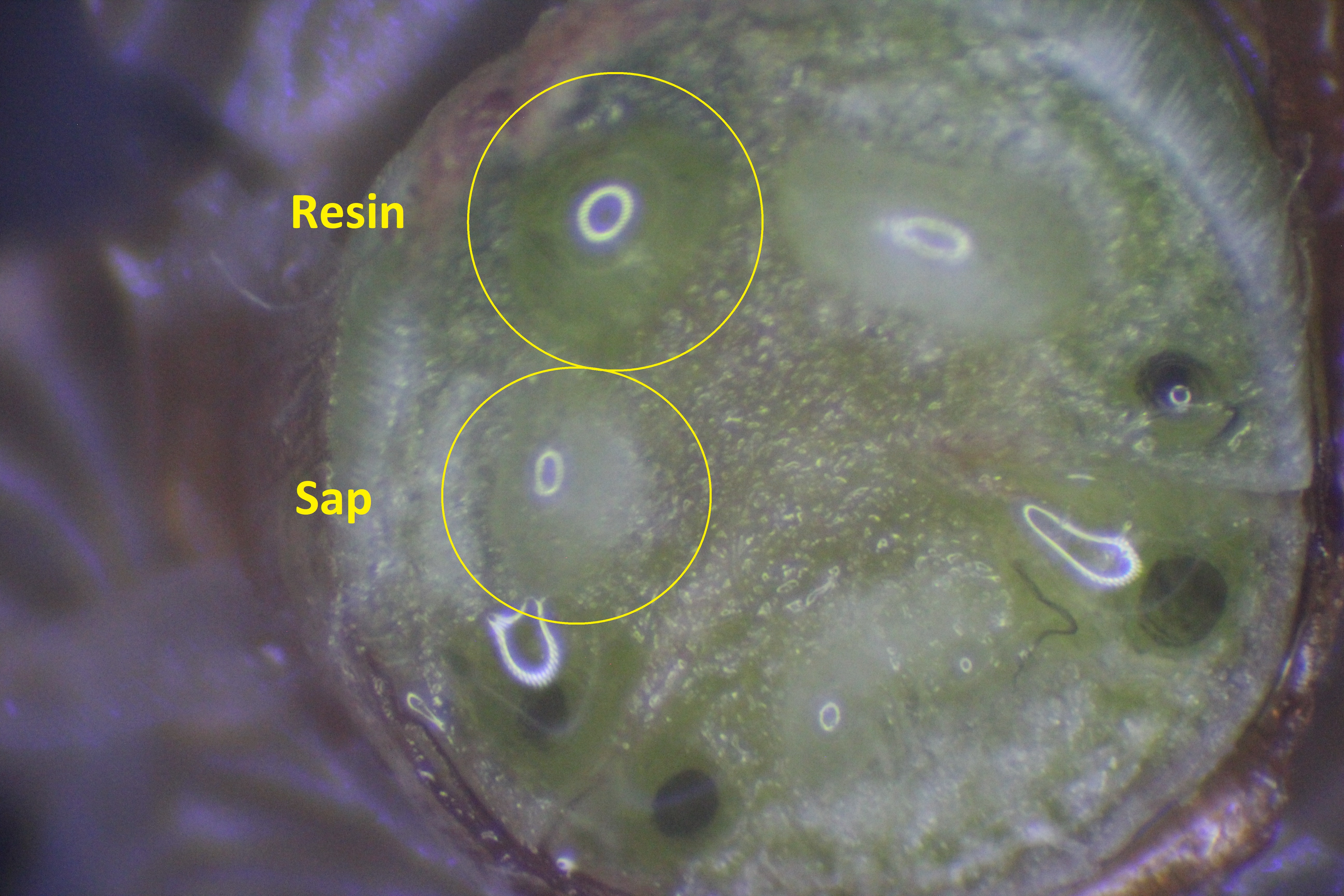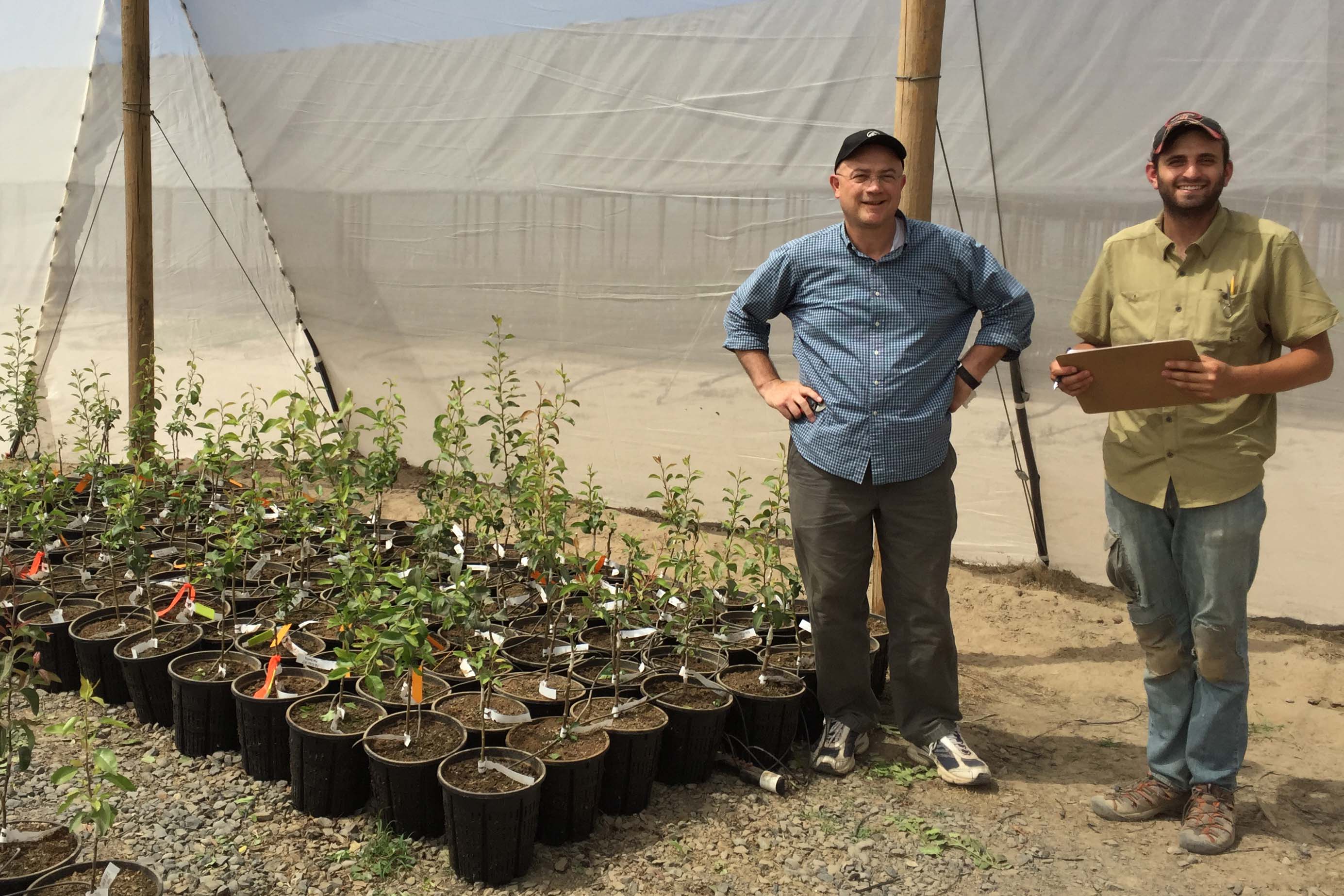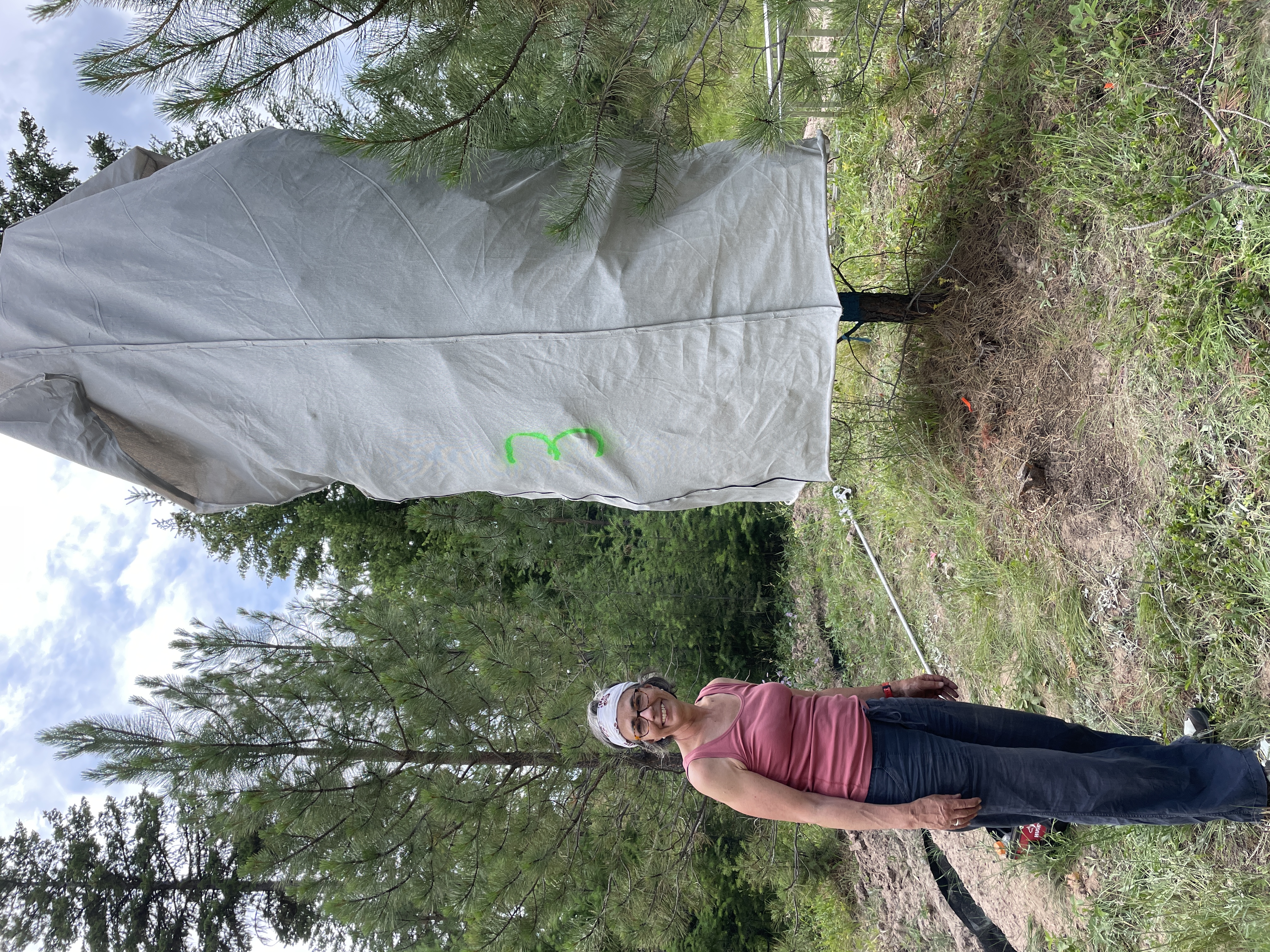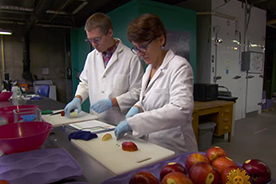Publications
7. Ross, A., Pinto, J., Crotteau, J., Sala, A., Goke, A., Nelson, C., Affleck, D., Larson, A. (Accepted) Morphological and physiological response of conifer seedlings to drought conditioning. Forest Ecology and Management.
6. Goke, A., Martin, P.H. (2023). Drought-induced photosynthetic decline and recruitment losses are mediated by light microenvironment in Rocky Mountain subalpine forest tree seedlings. Forest Ecology and Management, 546.
5. McCulloh, K.A., Augustine, S.P., Goke, A., Jordan, R., Krieg, C.P., O'Keefe, K., & Smith, D.D. (2023). At least it's a dry cold: the global distribution of freeze-thaw and drought stress and the hydraulic traits that may impart tolerance in conifers. Tree Physiology, 43(1), 1-15.
4. Goke, A., Martin, P.H. (2022). Poor acclimation to experimental field drought in subalpine forest tree seedlings. AoB Plants, 14(1), plab077.
3. Goke, A., Serra, S., & Musacchi, S. (2020). Manipulation of fruit dry matter via seasonal pruning and its relationship to d’Anjou pear yield and fruit quality. Agronomy, 10(6), 897.
2. Serra, S., Goke, A., Diako, C., Vixie, B., Ross, C., & Musacchi, S. (2019). Consumer perception of d'Anjou pear classified by dry matter at harvest using near‐infrared spectroscopy. International Journal of Food Science & Technology, 54(6), 2256-2265.
1. Goke, A., Serra, S., & Musacchi, S. (2018). Postharvest dry matter and soluble solids content prediction in d’Anjou and Bartlett pear using near-infrared spectroscopy. HortScience, 53(5), 669-680.








